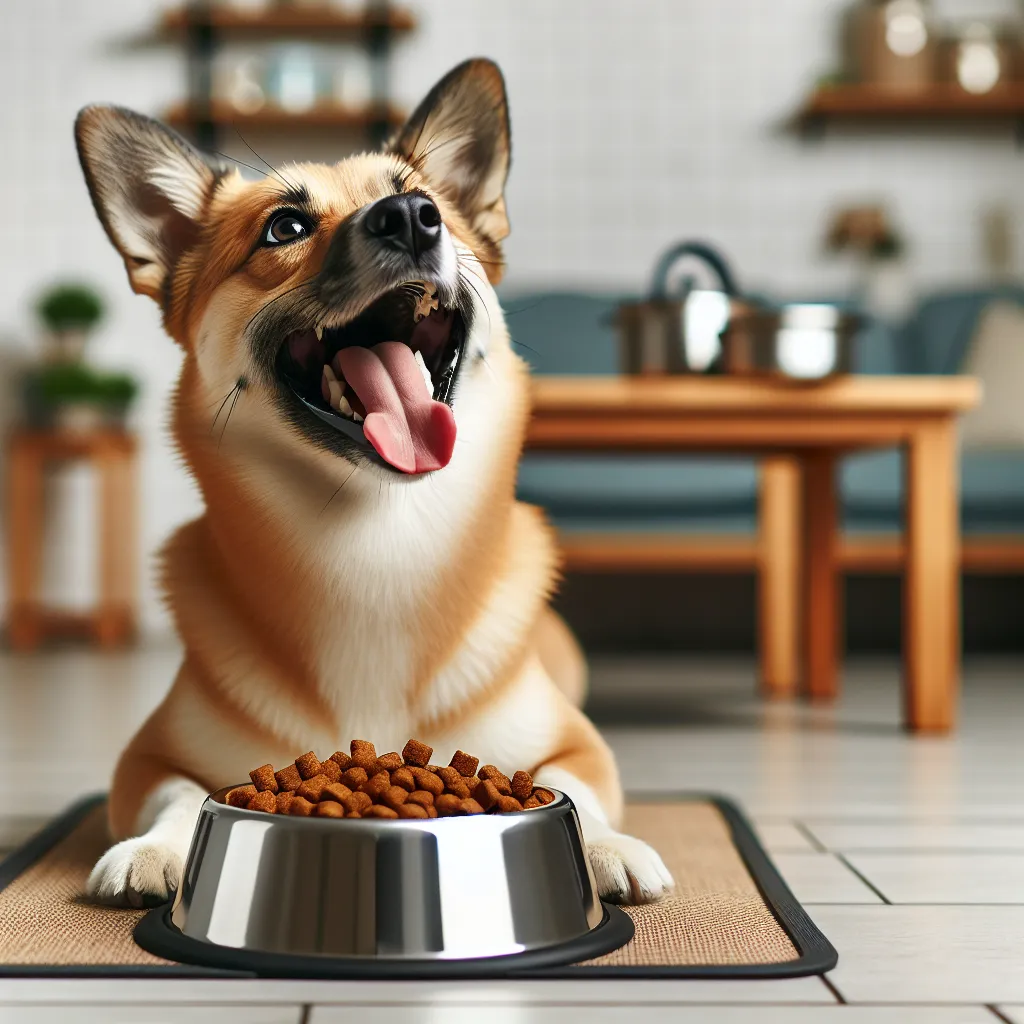Understanding Your Pet’s Feeding Needs
Choosing the right pet bowl for your furry friend is an important decision that can affect their overall health and well-being. Understanding your pet’s feeding needs is crucial in making the best choice for their feeding vessel. Whether you have a dog, cat, or another type of pet, there are several factors to consider when selecting the perfect bowl.
First and foremost, it’s essential to understand your pet’s size and eating habits. Larger dogs may require a larger, sturdier bowl to prevent tipping and spills, while smaller dogs and cats may prefer shallow bowls that accommodate their smaller snouts. For pets with flat faces, such as Bulldogs or Persians, a shallow bowl can make it easier for them to access their food without putting strain on their breathing.
Another vital consideration is the material of the bowl. Stainless steel bowls are durable, easy to clean, and resistant to bacteria, making them an excellent choice for most pets. Ceramic bowls are also a popular option, providing stability and style. However, it’s important to note that some pets may be sensitive to certain materials, so it’s essential to observe any adverse reactions when introducing a new bowl.
Furthermore, some pets have specific feeding requirements that may influence the type of bowl you choose. For example, raised feeders can be beneficial for pets with arthritis or neck problems, as they promote better posture during mealtime. Additionally, slow feeder bowls are ideal for pets that tend to eat too quickly, helping to prevent digestive issues and obesity.
Understanding your pet’s feeding needs and taking into account their unique characteristics will guide you in selecting the perfect bowl. By considering factors such as size, eating habits, materials, and any special requirements, you can ensure that your furry friend has a positive and comfortable dining experience.
Different Types of Pet Bowls and Their Benefits
When it comes to choosing the right pet bowl for your furry friend, it’s important to consider the different types of pet bowls available and their respective benefits. There are several types of pet bowls to choose from, including stainless steel, ceramic, plastic, and automatic feeders. Each type has its own advantages and it’s essential to select the most suitable one for your pet.
Stainless steel pet bowls are durable, easy to clean, and resistant to bacteria and odors, making them an excellent choice for pet owners concerned about hygiene. Ceramic bowls are stylish, heavy enough to prevent tipping, and are available in various designs to match your home decor. However, they can be prone to chipping or cracking if not handled carefully. On the other hand, plastic bowls are lightweight, affordable, and come in a wide range of colors, but they can harbor bacteria and might not be the best choice for pets with a tendency to chew or scratch.
Another option to consider is an automatic feeder, which dispenses a predetermined amount of food at specified times, providing convenience for pet owners with busy schedules and ensuring regular, portion-controlled meals for their pets. These feeders can be especially beneficial for pets on strict feeding schedules or those prone to overeating.
Ultimately, the right choice of pet bowl depends on your pet’s specific needs, your lifestyle, and your preferences. It’s essential to consider factors such as material, durability, ease of cleaning, and your pet’s eating habits when selecting the perfect bowl to keep your furry friend happy and healthy.
Factors to Consider When Selecting a Pet Bowl
When it comes to choosing the right pet bowl for your furry friend, there are several important factors to consider. Your pet’s size, eating habits, and overall health should all play a role in your decision-making process. First and foremost, it’s crucial to select a bowl that is appropriately sized for your pet. Larger breeds may require bigger bowls to accommodate their larger food portions, while smaller breeds may do just fine with a more petite option.
Another key consideration is the material of the bowl. Stainless steel bowls are durable, easy to clean, and resistant to bacteria, making them a popular choice for many pet owners. Ceramic bowls are another option, offering a sturdy and stable base for your pet’s meals. However, it’s important to keep in mind that some pets may be prone to tipping over ceramic bowls.
Furthermore, the design of the bowl can also impact your decision. Some pets may benefit from raised or tilted bowls to aid in digestion and reduce neck strain, while others may prefer shallow, wide bowls that allow for easy access to their food. Additionally, if your pet is a fast eater, consider a slow-feed bowl to help prevent digestive issues and bloating.
Lastly, it’s essential to choose a bowl that is easy to clean and maintain. Look for bowls that are dishwasher safe or have a smooth, non-porous surface that discourages the buildup of food and bacteria.
By taking these factors into account, you can ensure that you select the perfect pet bowl for your furry friend, promoting both their health and happiness during mealtime.

